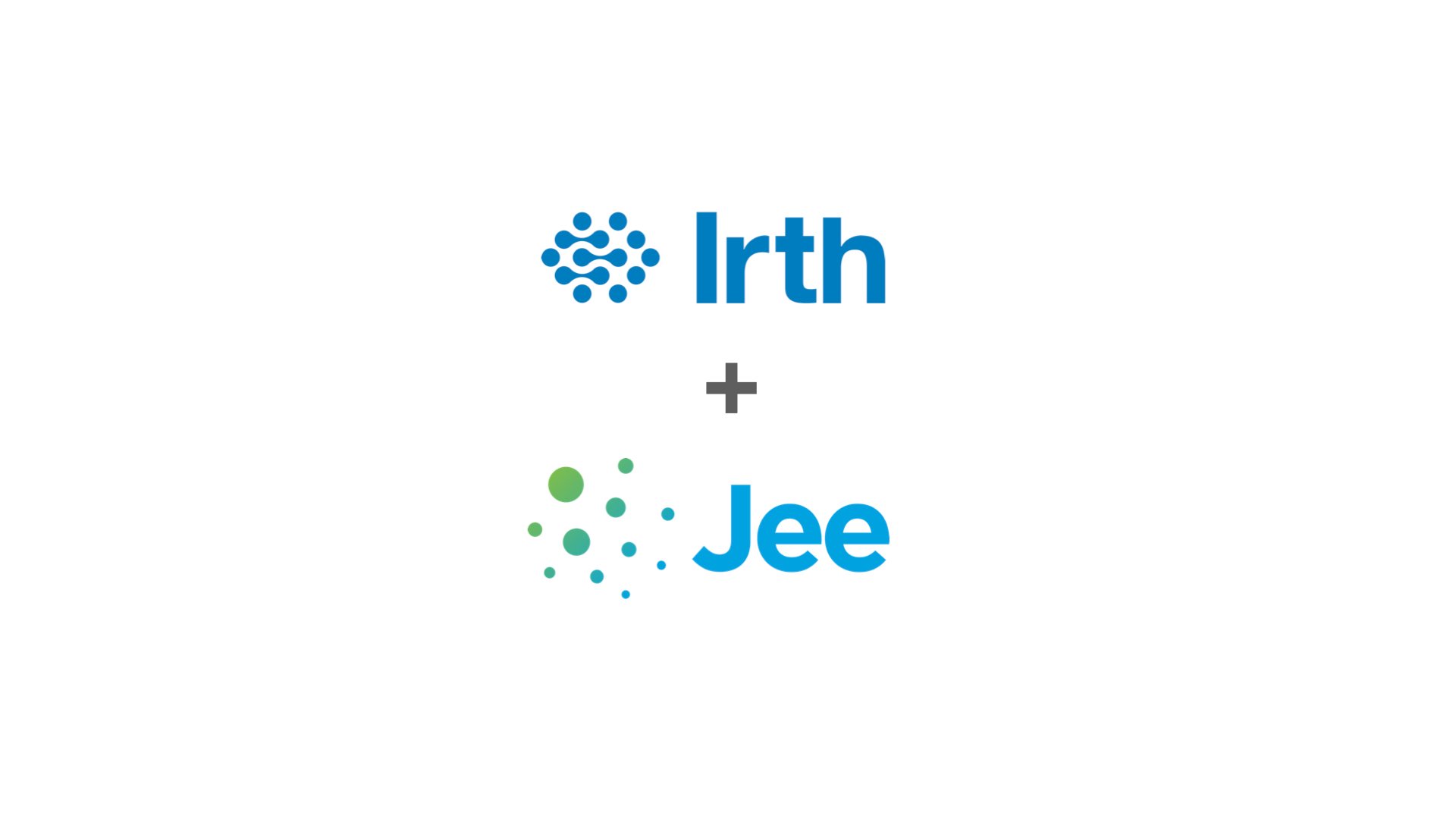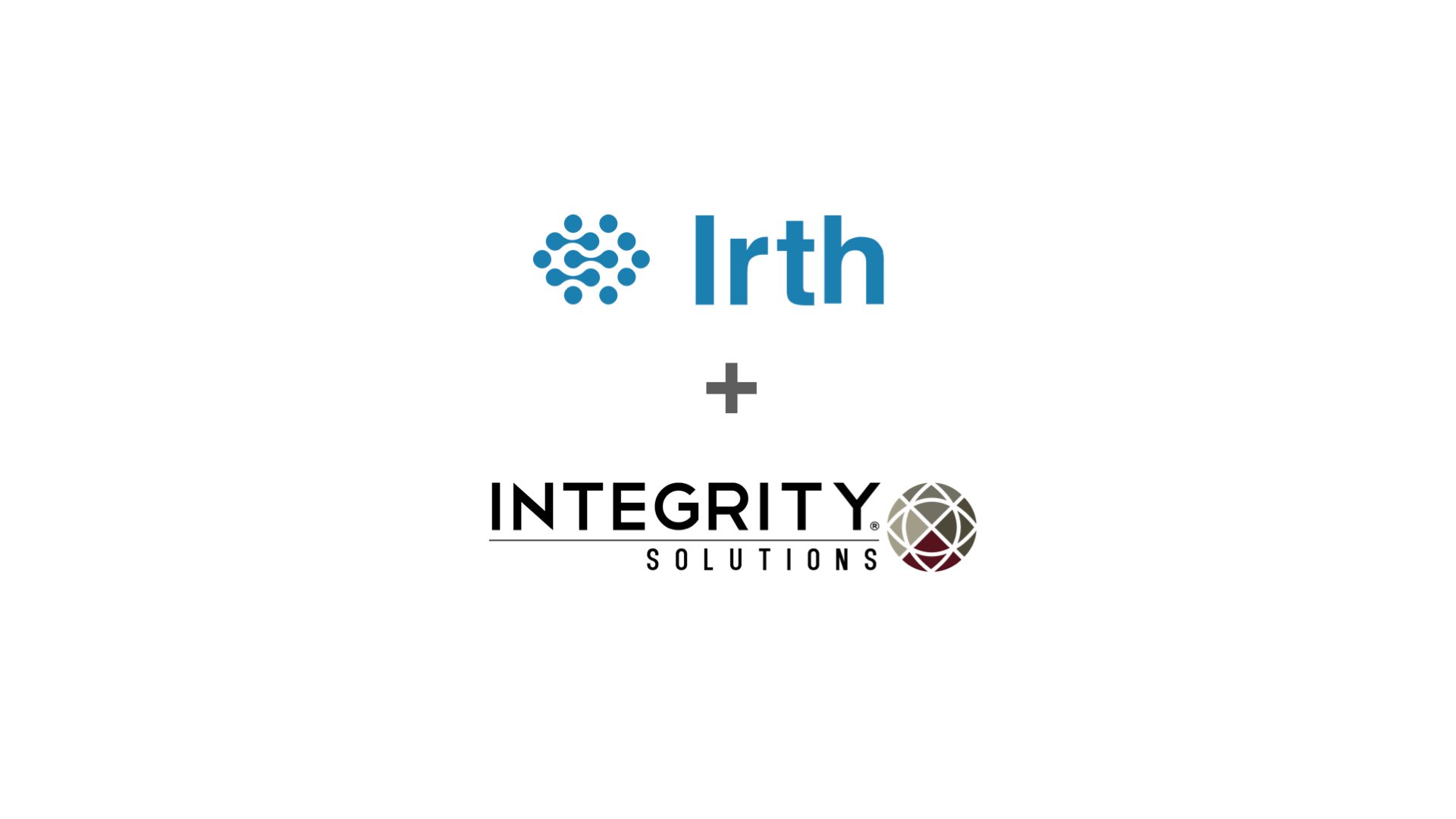The Future is Here: How AI, ML & DS are Transforming Pipeline Integrity
Across the pipeline industry, artificial intelligence (AI), machine learning (ML), and data science (DS) are evolving from buzzwords to tangible...

Bottom-side internal corrosion (IC) is a subtle but dangerous threat to pipeline infrastructure. Often progressing silently in regions where water settles due to gravity, this form of corrosion can result in pinhole leaks that go undetected until a failure occurs. At Irth Solutions, we’ve developed a phenomenological model that uses inline inspection (ILI) data to identify potential release sites caused by bottom-side IC, even when pinholes have not been identified by the ILI system.
According to PHMSA, internal corrosion accounts for nearly 13% of pipeline incidents, with localized pitting responsible for a significant share of these. These failures often occur at low points in the pipeline where corrosive fluids and microbes concentrate.
Yet, pinholes, the smallest but most critical defects, often evade detection or mitigation due to:
Internal corrosion in pipelines is governed by a multitude of factors, such as the chemical composition of fluids, microbiological activity, operational conditions, material factors, and the elevation profile. The intricacy of the internal corrosion process, coupled with the need for detailed knowledge of all variables, makes it impractical to establish a universal theoretical model for accurately predicting corrosion rates at a specific section of a pipeline at a given time. Some theoretical models incorporate over 60 parameters!
This model was inspired by a case involving a bottom-side pinhole release reported by an operator, where no prior ILI had detected the pinhole in question. The nearest reported metal loss anomaly was a pinhole with a measured depth of 17% located outside of the 4-to-8 o’clock region. The operator came to Irth Solutions to see if we could somehow have predicted the failure location.
We utilized a publicly available dataset of release incidents since 2010 reported by operators of hazardous liquid pipelines. From this dataset, we selected incidents where internal corrosion was identified as the cause and visual inspection confirmed localized pitting. This selection resulted in 438 lines. Of these, ILI data were available for 24 lines from 6 operators. Upon reviewing the ILI data, some lines were excluded due to an insufficient number of anomalies, either because of the tool technology used or other factors. Ultimately, eight lines from 3 operators were selected as the final dataset, comprising 12 release sites. Given the limited data availability, the entire dataset was used for model development without splitting it into training and testing subsets.
The model calculates a release score using a combination of spatial, statistical, and physical indicators derived from:
Each pipeline is segmented using a rolling window (e.g., 50 ft), and multiple factors are assessed in each segment.


Figure 1: The results of the IC susceptibility model, alongside the active corrosion model
outcomes, and the elevation profile for a pipeline. The ILI data plot shows pinholes as red dots
and non-pinholes as blue dots. The release region is highlighted in blue in the ILI data plot.
In the original pipeline, which provided the impetus for creating this model, the model successfuly:
The model was subsequently applied to a pipeline with two releases that were not part of the original dataset, successfully identifying one release location. After incorporating the pipeline into the dataset and performing final tuning, the model was able to identify both release locations.
To fine-tune the model, we performed a grid search over parameter ranges (e.g., window sizes, outlier thresholds, valley weights). The best configuration achieved an average performance score of 0.82, with a perfect score of 1.0 for some pipelines. The model was also successful on pipelines outside the original dataset, suggesting strong generalization potential.
This model is designed to be practical and accessible. It uses data most operators already have, inline inspection reports, and delivers immediate value in identifying high-risk regions.
Do you have ILI data you'd like us to apply the model to? Would you like to see data science models designed for other anomaly types? Contact us.

Across the pipeline industry, artificial intelligence (AI), machine learning (ML), and data science (DS) are evolving from buzzwords to tangible...

COLUMBUS, OH and LONDON, UK — November 13, 2025 — Irth Solutions, Inc. a leader in cloud-native software for asset integrity and risk management, and...

COLUMBUS, OH — November 13, 2025 — Irth Solutions, a leader in cloud-native SaaS for asset integrity and risk management, and Integrity Solutions, a...